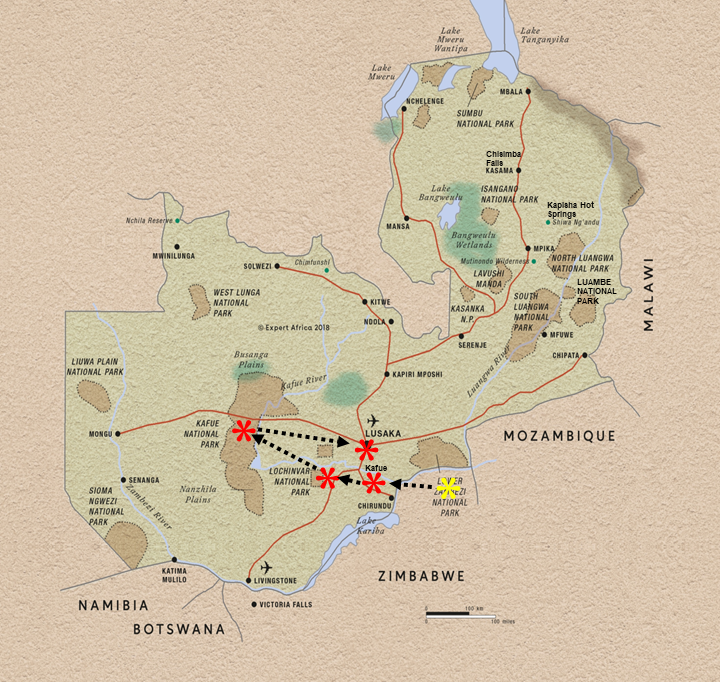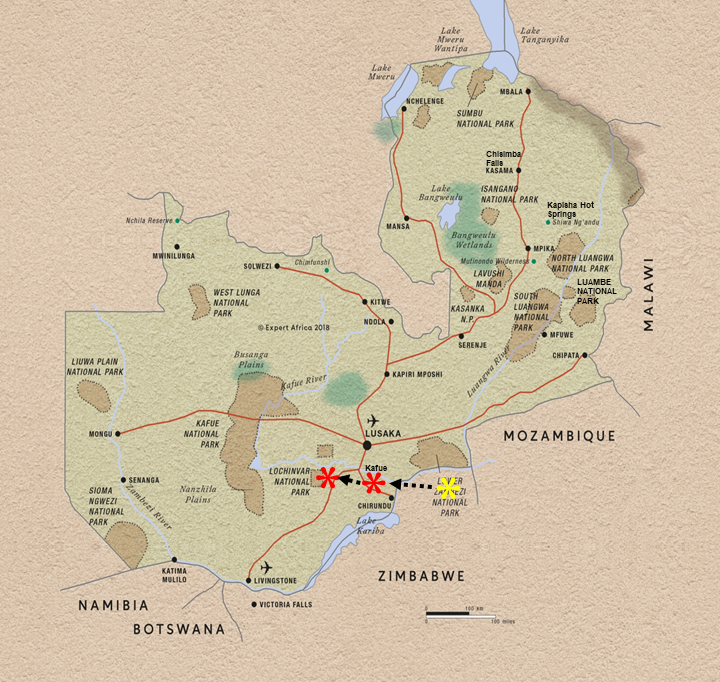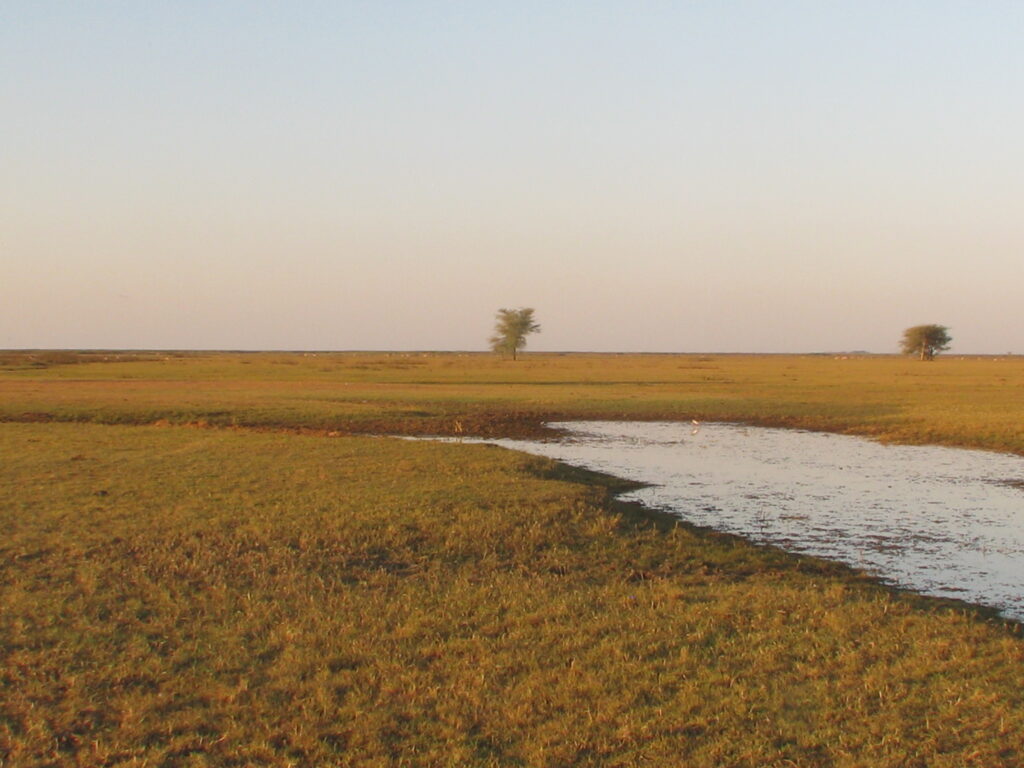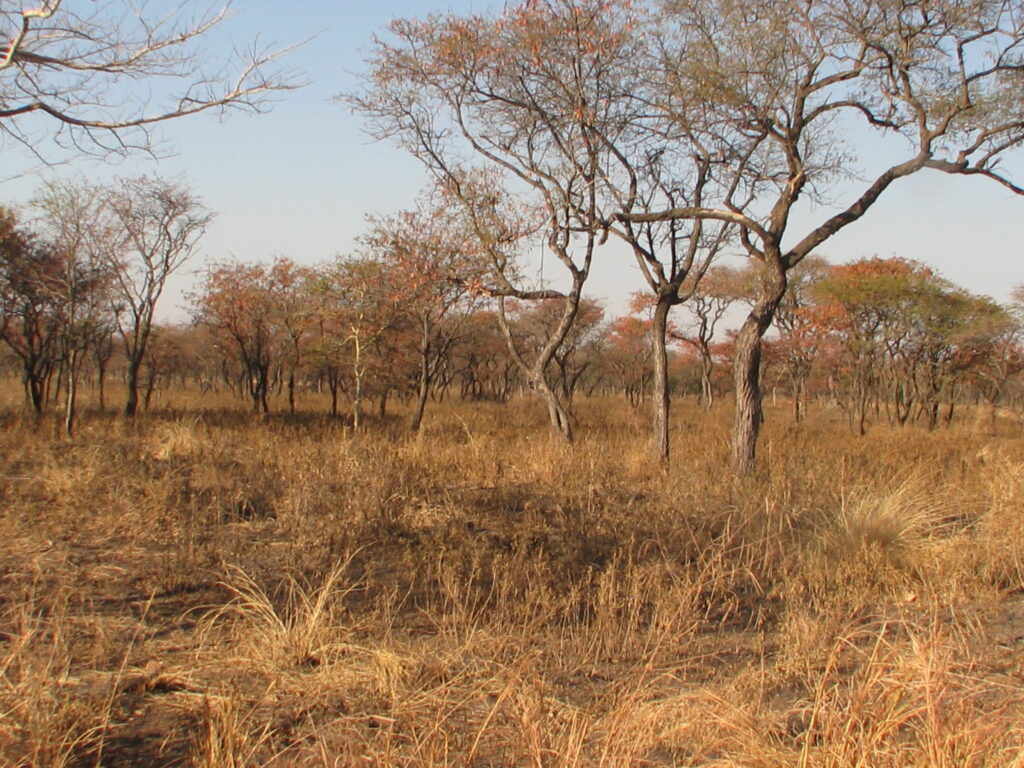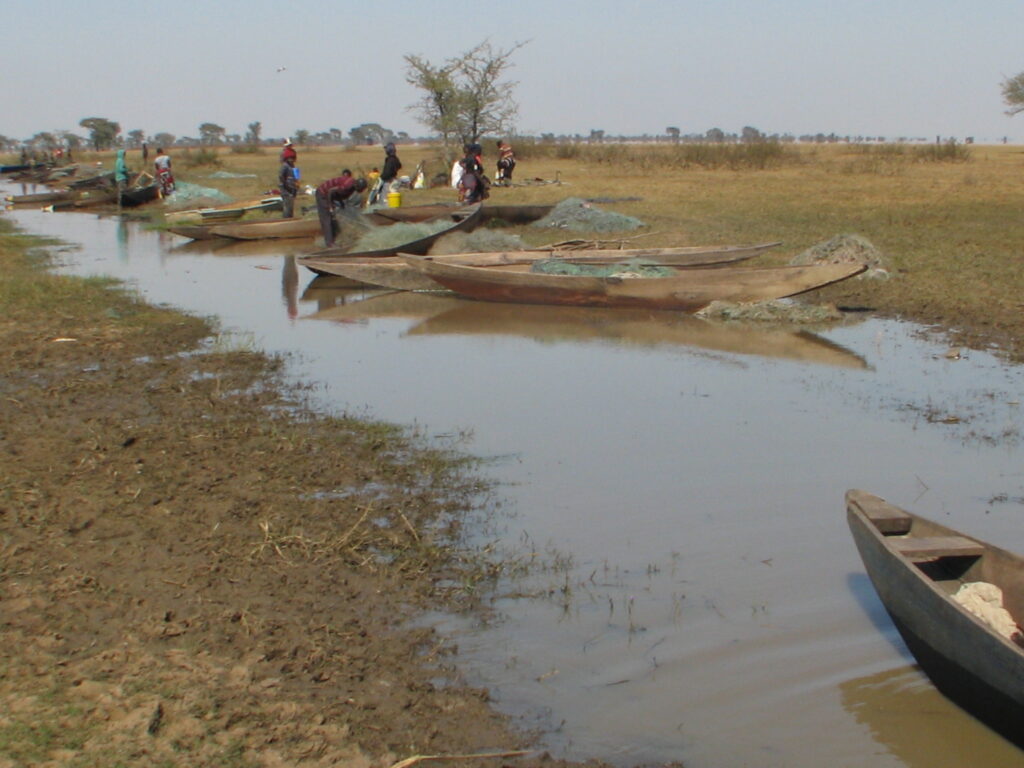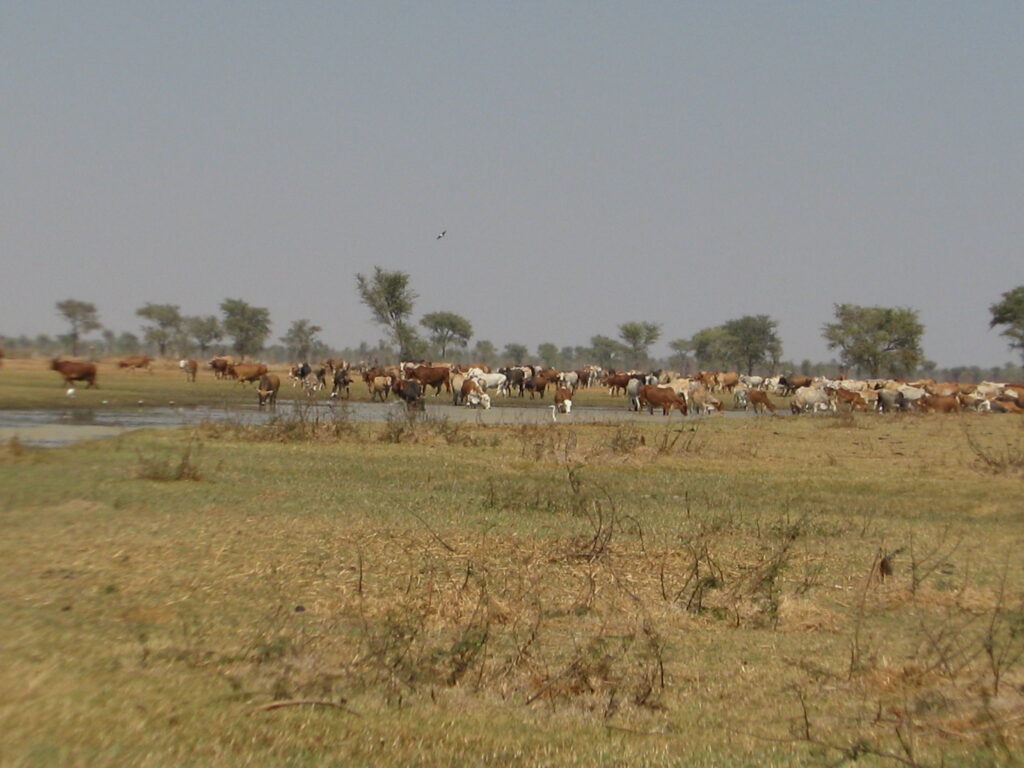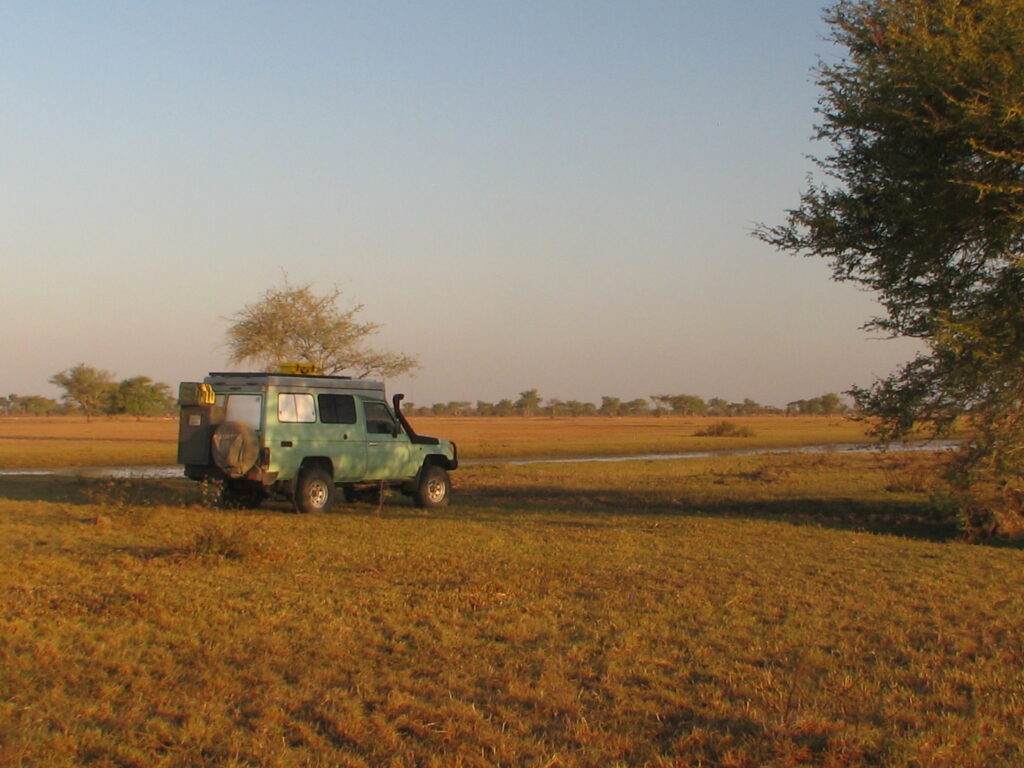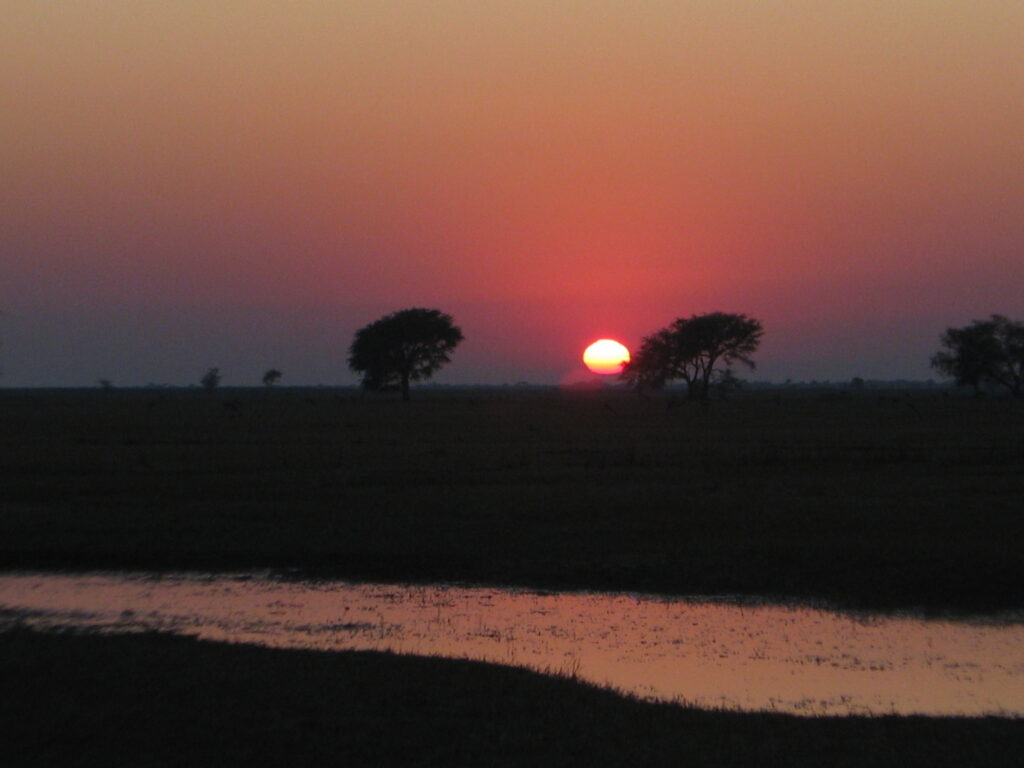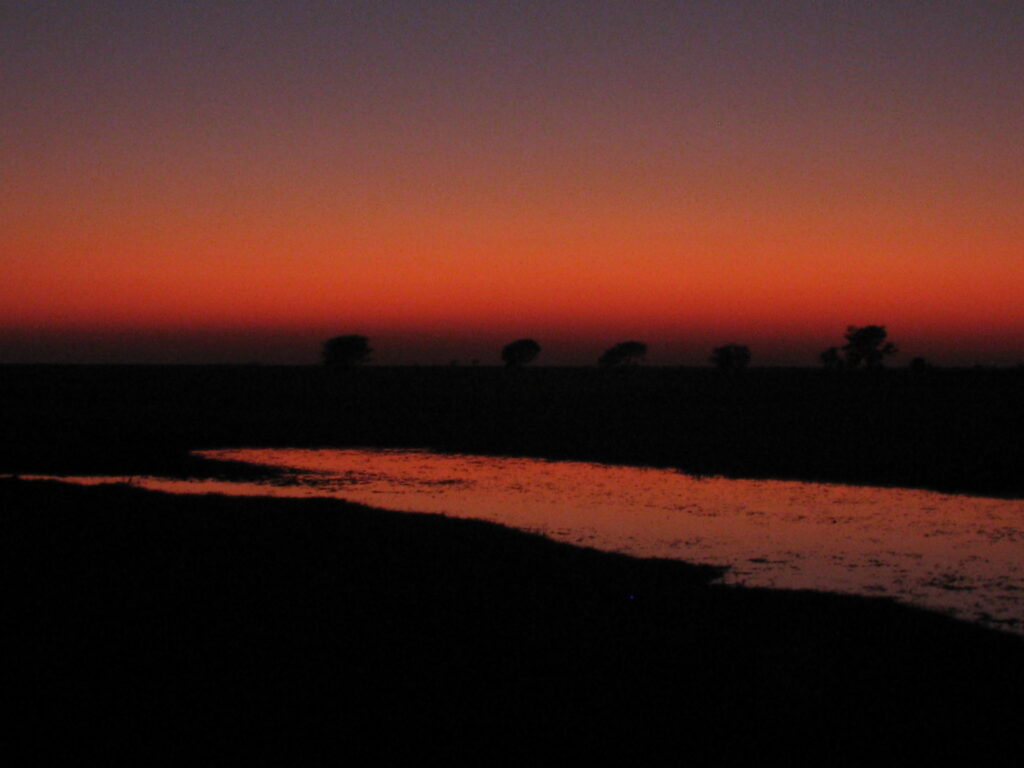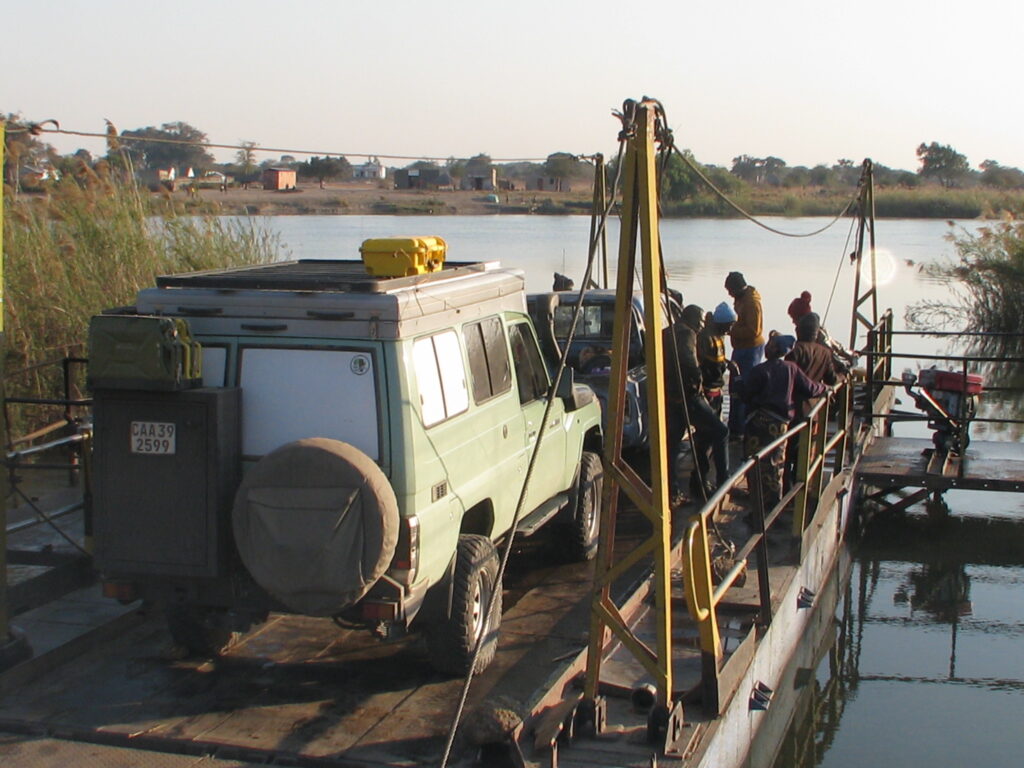Time to reflect back on observations of Zambia from behind the wheel. As before, some of these observations are really not limited to Zambia, but they climaxed in my mind here. I really wish I had more positive things to say about this country, but alas I don’t have many. Here are some general observations and ponderings:
#1. Demolition Derby. Driving the tarmacked roads (i.e., major highways and some secondary roads) in Zambia is something akin to driving in the demolition derby. First, most of the tarmack roads, even when they are not riddled with suspension-altering potholes (some of the worst roads yet, but also some of the best too – go figure), have the asphalt perched up above the gravel road edge with a precipitous edge. Sometimes the asphalt is only 1-2 inches above the road edge because that is how thick the asphalt is, but other times the aspalt is perched 3-4 inches above the road edge. And don’t forgot, the edge of the asphalt is more often than not broken and irregular. This means when you are passing oncoming traffic, especially the big rigs, you have to litteraly hug the broken edge of the tarmack with the nerve-wracking possibility of your tire slipping over the precipitous edge and causing who knows what to happen to the vehicle. Needlesstosay, you can’t just relax and enjoy the view because your attention to the road is always required. Note, because of this I usually drive in the middle of the road until I see an oncoming vehicle or some speed demon coming up from behind.



In addition, they love their rumble tracks and speed bumps, which is OK in principle. However, they put rumble tracks and speed bumps in the most unlikely and unneeded places. You can be cruising along the highway at 100 km/hr and all of sudden in the middle of nowhere there are rumble tracks and a speed bump. Why? There is nothing around on either side! The rationale behind these is a mystery to me. In addition, in the cities, such as Lusaka, they really, really love these speed control devices. Again, this device to control speed is OK in principle. However, they post warning signs for some but not others. So, you get complacent about them because you have warning signs for the first 3 and then all of a sudden there is unposted one that catches you offguard unless you are super vigilant. I can’t help but think these surprise traps are just that – traps for the non-locals to cause all sorts of vehicle damage and help keep the numerous tire and suspension shops in business.
#2. Checkstations for What? I found it very perplexing why they have supposed police checkstations on the roads at frequent but irregular intervals. In most cases, the checkstations were attended by people that did not appear to be official in any capacity based on their clothing. At a couple of these checkstations I asked the attendant what was the purpose or function of the checkstation and they replied with something along the lines of “to check the vehicle”, but for what? I tried to get further clarification but they were stumped. They had no real idea why they were stopping you. They never asked for any paperwork or money, or ever actually looked in the vehicle. They usually either just waved you on through after opening the gate or had you fill in a line in a registration book with your name and plate number. But they literally did not know what they were accomplishing other than slowing you down and giving them a job. Very strange practice that I will probably never understand.


#3. If Only Trash Could Pay. One of the most disappointing things about driving the roads of Zambia is all the household trash littering the sides of the roads. It is particularly bad around the settlements and, of course, in the city. I watched numerous drivers toss trash out the window while driving. And the trash accumulates until in some places it is almost as bad as a landfill. There simply doesn’t exist any respect for the environment. What is odd is that they usually have very tiddy yards around their rustic homes, but as soon as you leave the kraal or boma, forget it – it is a tragedy of the commons. I often ponder the psychology of this behavior and the only thing I can figure is that they are so busy trying to get by each day, hand-to-mouth sort of living, that they simply don’t have time or energy to care about anything but living each day, and I guess getting rid of trash is a burden they can’t afford. I suppose it is impossible to know how I might behave in similar circumstances.


#4. Where Has All the Money Gone. It is not cheap to visit the national parks here, even as a self-driver. Park entrance fees are steep, as are the camping and vehicle fees. But where has all the money gone? Give the volume of tourists visiting these parks, they must be bringing in considerable revenue. My impression is that it is all going into salaries for the inflated staff and very little, if anything, into the physical infrastructure to support the tourism they purport to rely on. With notable exceptions, the Park campgrounds often have minimal facilities that sometimes don’t even function anymore, and don’t even get me started on the road conditions in the Parks. I wouldn’t mind at all paying the high fees if I saw that they were being used to improve, or even just maintain, the Park infrastructure. Instead, as I have noted before, it seems like they get (or got in the distant past, in most cases) some capital to build an ablution facilities or put in solar water heaters or build a bridge over a ravine and then they just let it deteriorate until it becomes just an eyesore. So far on my journey, Zambia Parks rank at the very bottom in terms of conditions for self-drive campers.
#5. The Sacred Break Time. I understand that most people need a short break from work every so often just to get rejuvinated, and of course they need to eat every so often such as at lunch time. However, the workers here treat regular break times and lunch time as sacred. It doesn’t matter what they are doing or how much they are engaged in a job with a customer, when the lunch time bell rings (not literally) they stop working no matter what. In fact, I am writing this entry right now as I sit by myself in an auto shop in Lusaka during the lunch hour. We were working on my front-end alignment issue (once again, since I am in Lusaka for a few days I though I would give another shop a try) and all of a sudden, without warning, I found myself alone in the garage looking under the vehicle. The workers simply disappeared without notice. This is not the first time with such an experience. In the States, I very much doubt that if you were engaged with workers on a job that they would desert you without notice at their allotted break time – they would finish the job and then take their deserved break.
#6. Belief Before Facts. This is a highly religious country. The evangelicals and missionaries did their job quite well here, starting with the famous explorer/evangelical David Livingstone, who was presumably the first white European to explore the length of the Zambezi River. Everywhere where I look, around every corner, in every tiny settlement, there is a christian church of some sort – mostly 7th Day Adventists, Jehovah’s Witnesses and even a few Catholics. I have strong feelings about religion that I won’t share here, but suffice it to say that I am not a fan of imposing, coercing or simply “selling” organized religion to the ignorant – and I don’t mean innately ignorant but rather ignorant of how the world works because of lack of education – and vulnerable. I can understand why it was so successful here, because for unworldly and mostly uneducated peope, it is far easier to believe than to know. The empowerment of scientific knowledge over blind faith simply has not taken root here, and the abundant churches and religous primary and secondary schools make sure that their teachings and beliefs are fed to the children before they have the chance to know anything else.

#7. Why Aren’t You In School? When driving through the countryside you encounter school after school after school. Every little settlement has a school and the children have a unique colored uniform to distinguish their school from others. On the surface, this is great, since it appears that most (but not all) children between say the age of 5-11 are attending primary school, and a majority of the older kids are attending secondary school. What I can’t figure out is why I always see the children outside playing in the school yard, rather than in classrooms. I have paid attention to this and I swear that the kids spend most of their limited time at school NOT in the classroom. They have shortened days alll the time and days off of school way more than I would think appropriate based on our standards in the States. I ponder whether this minimal classroom schooling is why the country is lingering in the 3rd world.

#8. Burn Baby Burn. One thing I do applaud the country for is their burn policy. As I have noted in my posts, the both the public and private land managers have a very aggressive burn policy in which they try to burn every acre every year. They do so for lots of reasons, including keeping the understory open for human access and movement and for rejuvenating the grasses and forbs for the grazing animals (both domestic and wild). As a result, high severity fires and the accompanying loss of life and property are virtually unheard of here. The fires are all of low intensity and thus low severity. In the States, we are so risk averse when it comes to fire that we have allowed the fuel loads to build up over a century of fire supression so that today we have increassing frequency of high severity fires that result in human deaths and losses of property in the billions. We could certainly learn a thing or two about managing fire from the Zambians.
#9. The Business of Living. One thing I always find interesting while I am driving through a country is trying to observe how ordinary people make a living. Of course in the big cities, such as Lusaka, there is manufacturing, retail, service and high-tech industries that provide work for the masses, but in the rural areas it is another game. From what I have observed, the majority of rural livelihoods depend on mixed agriculture; in particular, the growing of maize, beef and milk, and perhaps a few tomatoes on the side. A majority of the small properties have maize fields with a small number of beef cattle and/or dairy cows. There are milk collection stations a plenty, beef markets here and there, and lots and lots of maize being collected in sacks by the roadside and then transported to large grain processing plants in the big cities. In the Luangwa Valley there was also a lot of cotton and thatch production. It appears that a large proportion of the rural people sustain a living this way, perhaps in combination with the male head of household holding a job away from home in an urban center – you see an aweful lot of mothers and children holding down the homestead. The other business that was fairly ubiquitous throughout much of the country was the manufacturing of charcoal on a small scale. Many households had bags of charcoal for sale on the roadside, often just a few bags but sometimes many dozens. Charcoal must be the primary fuel source for heating and cooking. Lastly, there are lots of small roadside produce stands, but often just a single item, perhaps a few bundles of tomatoes or oranges.







































